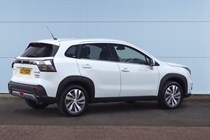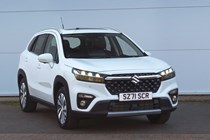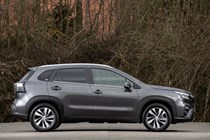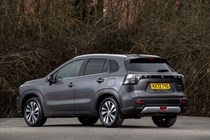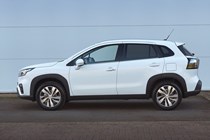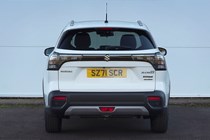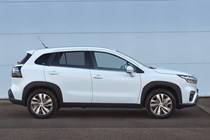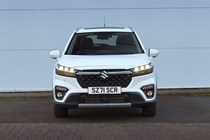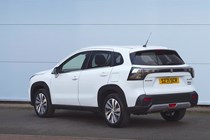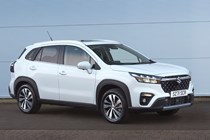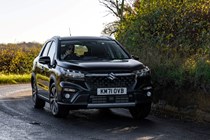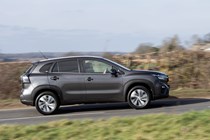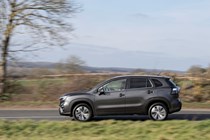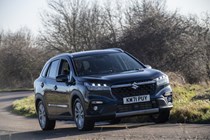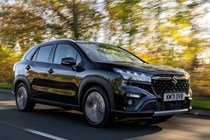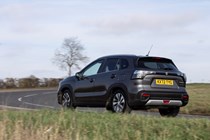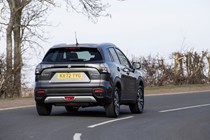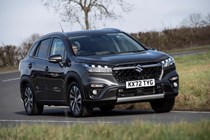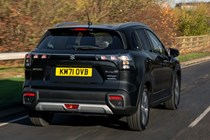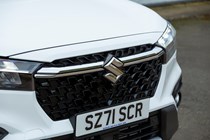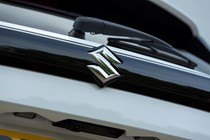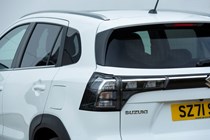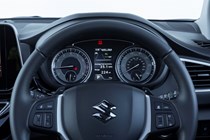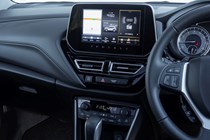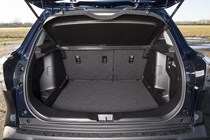Suzuki S-Cross running costs and reliability
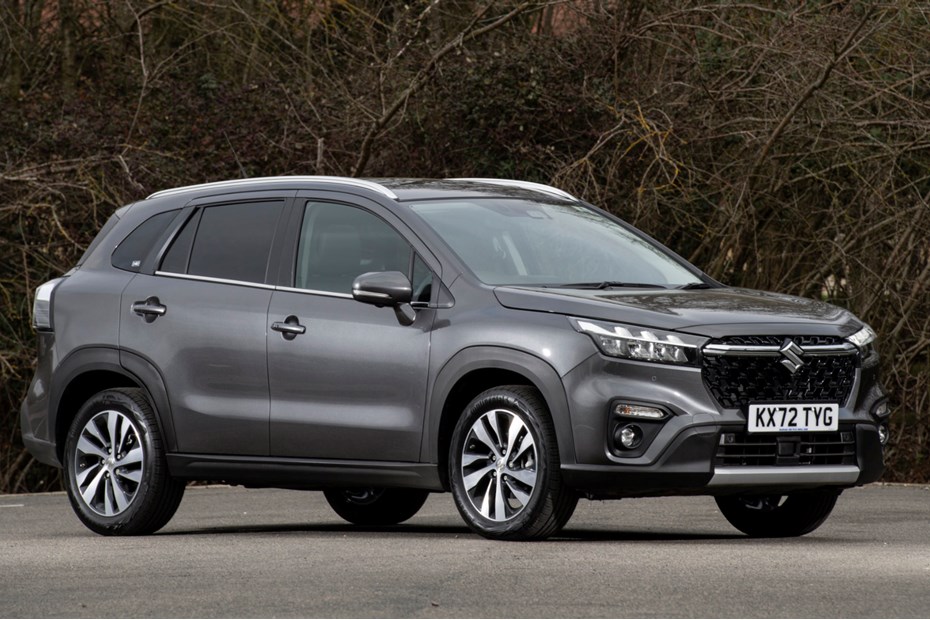
Miles per pound (mpp) ⓘ
| Petrol engines | 6.8 - 7.7 mpp |
|---|---|
| Hybrid petrol engines | 7.1 - 8.1 mpp |
Fuel economy ⓘ
| Petrol engines | 46.3 - 52.3 mpg |
|---|---|
| Hybrid petrol engines | 48.7 - 55.3 mpg |
- Mild hybrid is impressively economical
- Full hybrid disappointingly so
- Bulletproof reliability record
What are the running costs?
You have two engines to choose from – a 1.4-litre mild hybrid and a 1.5-litre full hybrid. The former comes with a manual gearbox as standard and a choice of either front- or four-wheel drive.
Officially, the front-wheel drive manual will clock 53.2mpg, while the four-wheel drive model claims 47.8mpg. We averaged around 44mpg during the six months we spent with our four-wheel drive long-term Suzuki S-Cross, no matter how we drove it. That’s very good going.
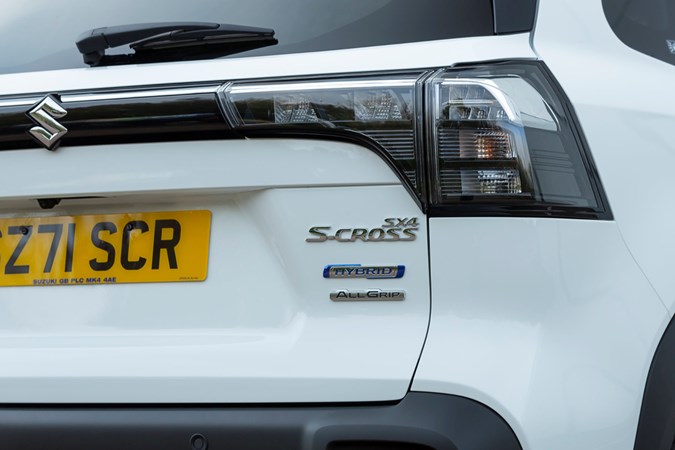
Suzuki says the full hybrid model will achieve 54.3mpg in front-wheel drive form and 48.7mpg in four-wheel drive form. These improvements are very marginal, though – and, during our time with the car, we extracted almost identical figures as we did from the mild hybrid.
We’re not convinced the full hybrid system is worth the extra cash, especially when you consider the massive performance penalty you’ll pay. You’re probably better off sticking with the mild hybrid and driving more carefully.
Servicing and warranty
Suzuki ranks very highly for customer satisfaction, so we expect servicing will be a painless affair. The company says every version of the S-Cross should be serviced every 12,500 miles and it offers a service plan to spread the cost of maintenance for all Suzukis up to six years old.
Suzuki also introduced a new warranty package for its new cars in April 2023. Every new Suzuki leaves the factory with a three-year/60,000-mile warranty, but for each year the car is serviced at a registered Suzuki dealership, Suzuki will extend the warranty up to a maximum of seven years/100,000 miles.
That puts the brand in joint second place on the UK’s new car warranty market, alongside the likes of Kia and MG. In fact, the only brand that can do better is Toyota with its 10-year warranty, again if you get the vehicle serviced at a Toyota dealer.
Reliability
- Our long-termer was great
- Suzuki has a good reputation
- Previous car had one recall
We ran an S-Cross as a long-termer for six months. It had a hard life, covering thousands of motorway miles with loads of luggage on board – and it never skipped a beat. Our biggest concern was the hyperactive collision warning assist system, which is a very minor fault. It’s better being that way rather than flippant, we suppose.
The S-Cross’s engines and four-wheel drive systems have also proved to be reliable in other Suzukis. The 1.4-litre mild hybrid system is fitted to the Swift, while the 1.5-litre full hybrid is found in the Vitara – and we’ve heard no horror stories thus far. The previous-generation S-Cross also had just one recall back in 2016. The current car has had no recalls.
Ongoing running costs
| Road tax | £195 |
|---|---|
| Insurance group | 16 - 23 |
Get an insurance quote with

|
|




